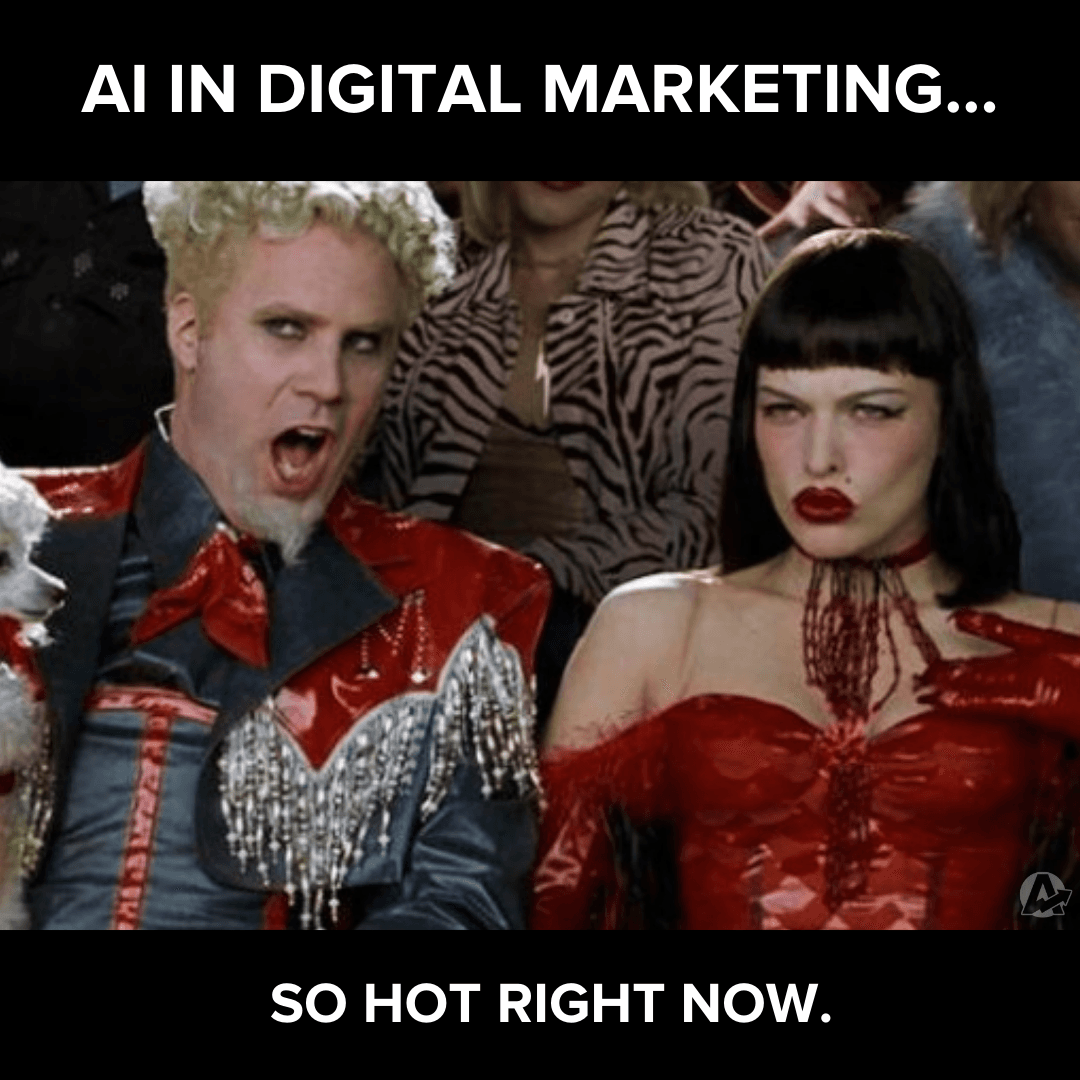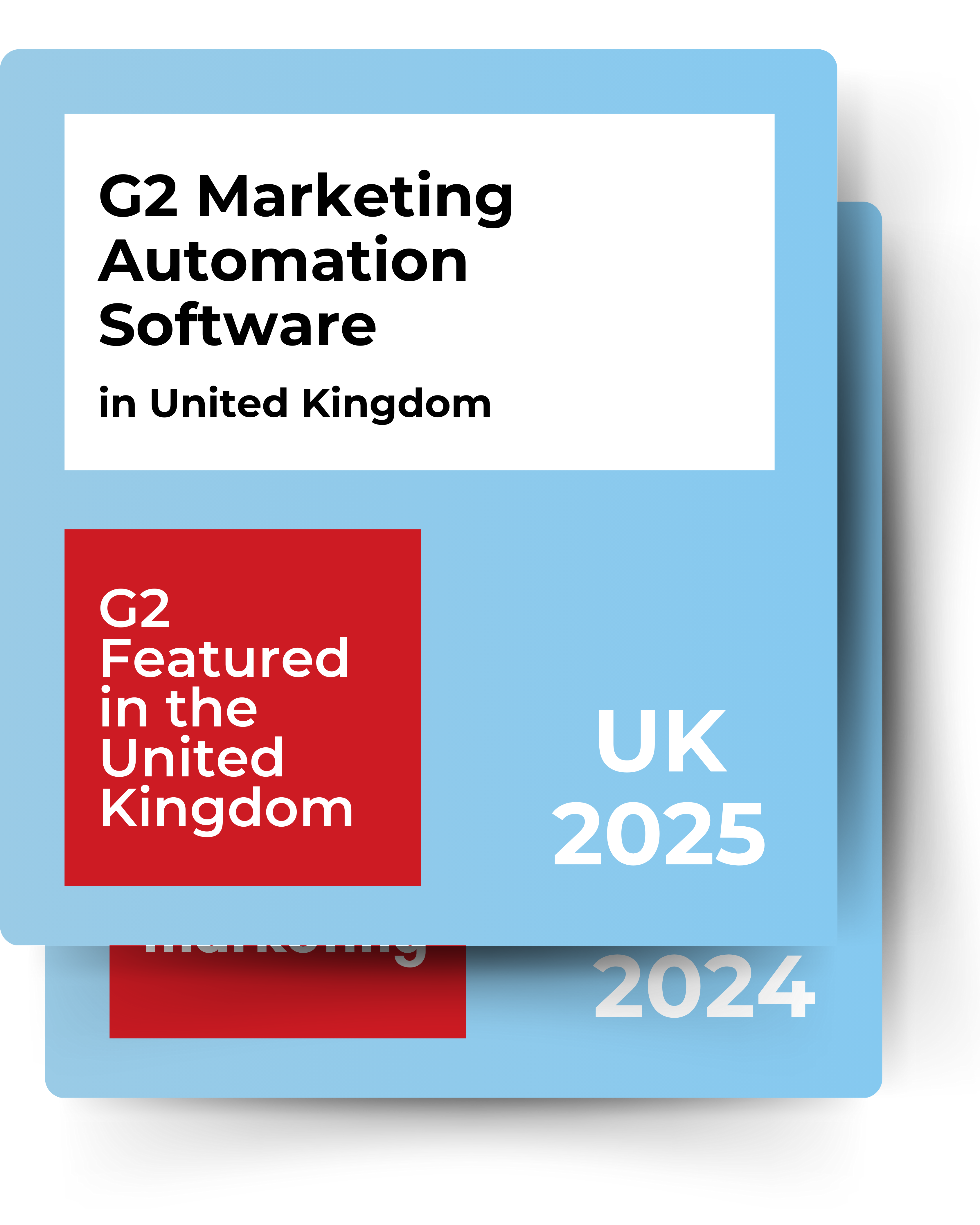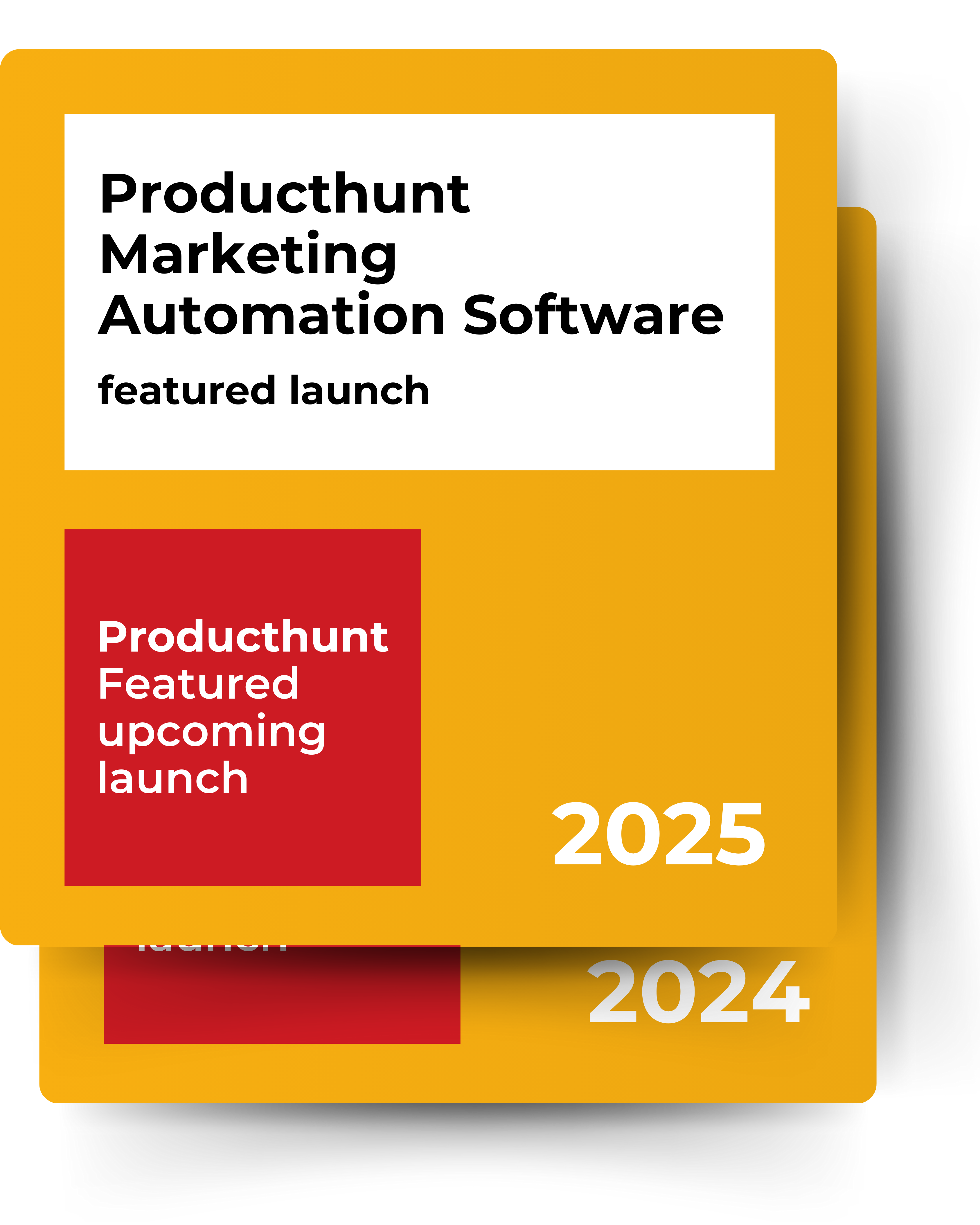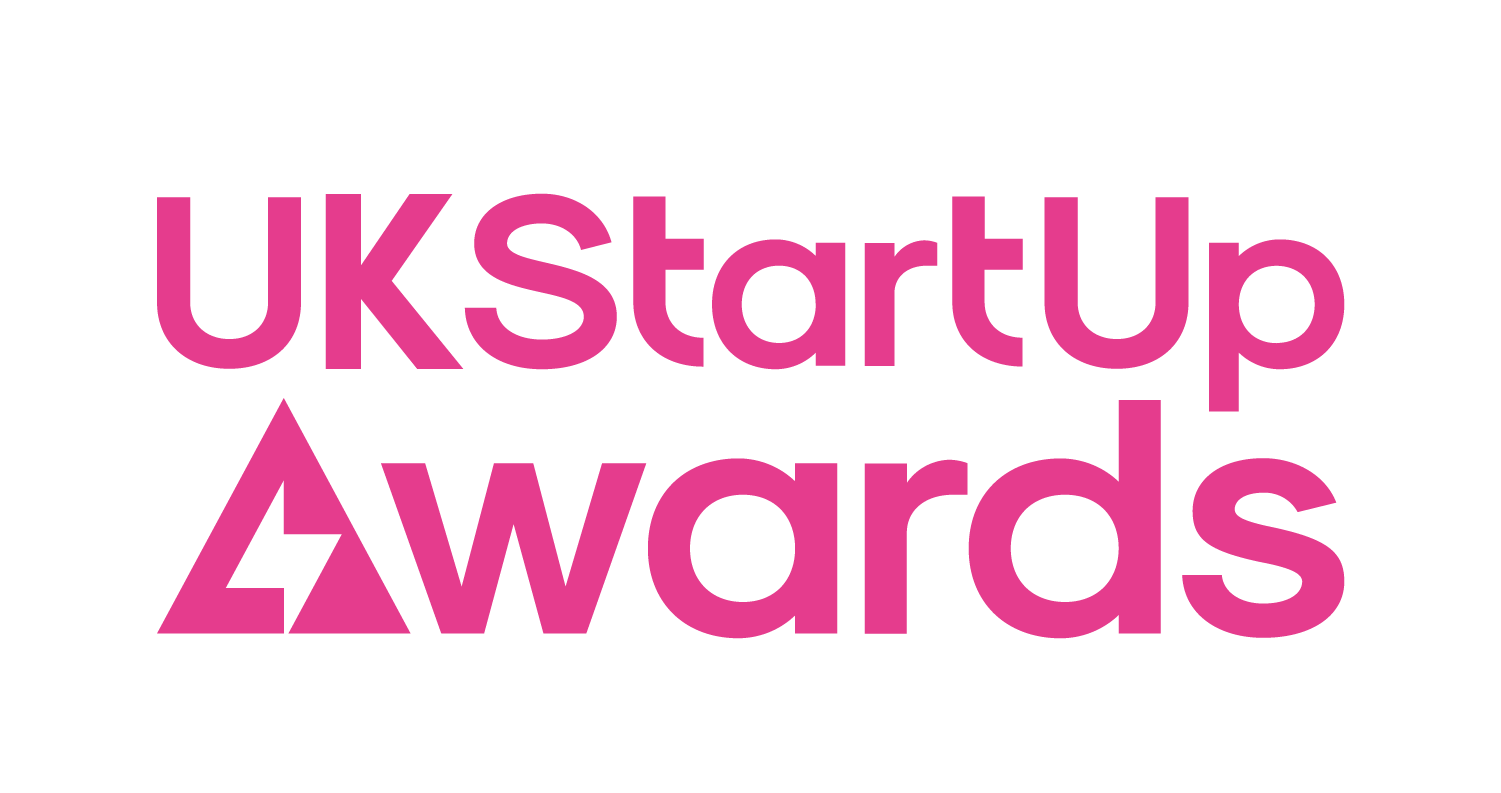Your latest video report is in, and the numbers look great: 100,000 "views"! But your conversion goals were missed by a mile. What went wrong? The likely culprit is the gap between a "view" and a *viewable impression*. Just because a video player loaded on a page doesn't mean a human ever actually saw it. This is where viewability—or visibility rate—comes in. It's the metric that separates vanity from value, giving you a true measure of your video's opportunity to make an impact. Understanding how to measure and improve it is crucial for maximizing your ROI, and it starts with creating content, like the clips from the Leo AI platform, that is designed to be seen.
To combat misleading metrics, the digital advertising industry established a clear benchmark. **According to the Media Rating Council (MRC), a video is counted as viewable if at least 50% of its pixels are in view on the screen for a minimum of two consecutive seconds** (MRC). This standard is the foundation for honest video analytics. It means a video that autoplays at the bottom of a page that a user never scrolls to doesn't count. In this guide, we'll break down what that means for you, what average rates look like, and how you can optimize your strategy to ensure your videos are actually seen.
What is Video Viewability (and Why It's Not the Same as Views)
Video viewability is the percentage of your video impressions that were actually considered "viewable" according to the industry standard. Think of it as measuring the *opportunity* to be seen.
Here's a simple analogy: A "view" is like a newspaper being delivered to a porch. The delivery is complete, so it's counted. **Viewability** is knowing someone opened the door, picked up the paper, and looked at the front page for at least a couple of seconds. One is a delivery metric; the other is an engagement opportunity metric. Platforms like YouTube or Facebook may count a "view" after just three seconds of play, regardless of whether it was on-screen. Viewability is the sanity check that ensures you're measuring real human attention.
Industry Benchmarks: What is a Good Viewability Rate?
Video viewability rates can vary dramatically depending on the environment—where and on what device the video is being watched. Understanding these benchmarks helps you set realistic goals for your own content.
Average Video Viewability Rates by Environment
Data shows that controlled environments like mobile apps consistently outperform the open web, where videos often compete with other content and may appear below the fold.
*Source: Data aggregated from various industry reports (e.g., Integral Ad Science, DoubleVerify).
Generally, a viewability rate of **60%-70%** is considered good for video on websites. If your rate is below 50%, it's a strong sign that your videos are poorly placed or your website performance is hindering their ability to be seen.
Key Factors That Influence Video Viewability
Your video's visibility rate isn't a matter of luck. It's directly influenced by several technical and strategic factors:
- Player Size: Larger video players are harder to miss. A small player tucked into a sidebar will naturally have lower viewability than a large, central one.
- Page Position: This is the most important factor. Videos placed "above the fold"—visible without scrolling—have exponentially higher viewability rates than those placed at the bottom of a page.
- Page Load Speed: If your website is slow, users may scroll past the video's location before the player has even had a chance to load.
- Content & Autoplay: While autoplay can help meet the two-second threshold, it can also be intrusive. The best strategy is to have a compelling thumbnail and place the video where a user is naturally looking, encouraging an intentional click to play.
Ensure Your Best Moments Are Always Viewable
Leo AI analyzes your videos to find the most engaging hooks and key moments, turning them into clips that capture attention above the fold, maximizing viewability.
Start Free Trial Book Office Hours5 Actionable Ways to Increase Your Video Viewability
Improving your viewability rate is one of the quickest ways to improve your video ROI. Here are five proven tactics:
- Prioritize "Above the Fold": Place your most important videos at the top of your homepage, landing pages, and blog posts. Make them impossible to miss.
- Optimize Page Load Times: Compress images, use a content delivery network (CDN), and implement "lazy loading" for your videos. Lazy loading prevents a video from loading until a user scrolls close to it, speeding up initial page loads.
- Choose the Right Player Size: Avoid tiny, sidebar video players. A larger player embedded in the main content column will always perform better.
- Design for Mobile First: Ensure your website is fully responsive. Test your pages on multiple mobile devices to confirm that your video player is correctly sized and positioned.
- Lead with a Strong Hook: Your video's first few seconds are critical for stopping the scroll and holding attention. A powerful opening makes it more likely users will stay long enough to be counted as a viewable impression.
How AI Helps Create More Viewable Content
One of the biggest challenges is that the most valuable part of your video might be buried 10 minutes in, long after a user has scrolled away. This is where AI-powered content repurposing becomes a strategic advantage for viewability.
Tools like the Leo AI platform analyze your long-form videos to identify the most engaging highlights, questions, and "aha" moments. The platform then automatically creates short, compelling clips from this source material. These clips are the perfect "above the fold" content. You can place a 30-second, high-impact clip at the top of a blog post to grab attention and maximize viewability, then invite users to watch the full video further down. This approach avoids one of the most common video mistakes: burying your lede. By putting your best content front and center, you're not just creating a better user experience—you're strategically engineering for higher viewability.
Ultimately, shifting your focus from chasing empty "views" to optimizing for valuable, verifiable viewability will transform your video strategy from a cost center into a powerful growth driver.




